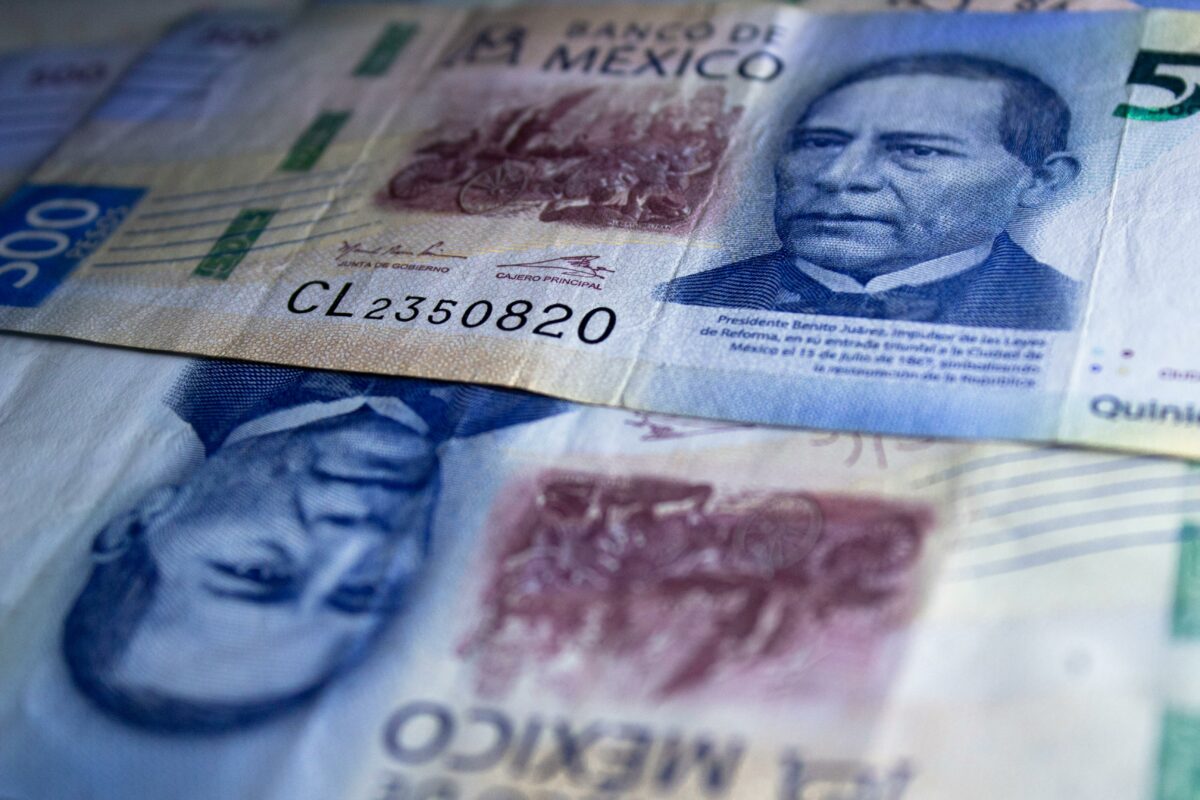Key Points:
- CAD fell nearly 0.5% against USD, and USD/CAD broke through 1.3700.
- Technical analysis shows support at a 50-day EMA of 1.3629.
- Recent weak oil prices impacting CAD negatively.
On Tuesday, the Canadian Dollar exhibited a weaker stance, demonstrating declines against several major currencies. Specifically, the currency fell nearly half a per cent against the US dollar. The USD/CAD pair surpassed the 1.3700 mark. This is a notable shift from the opening bids, around 1.3250 at the beginning of January. Consequently, this marks an increase of 3.4%. This depreciation was not unique; similar declines were observed against the New Zealand Dollar and the Euro. Consequently, the Canadian Dollar fell approximately a third of a per cent against both.
USD/CAD Breaks 200-Hour EMA at 1.3697
From a technical perspective, the Canadian Dollar’s movements can be better understood through its key exponential moving averages (EMAs). The 200-hour EMA was particularly telling, with the USD/CAD pair cracking through the 1.3697 level, indicating potential shifts in short-term trading sentiment. Meanwhile, the 50-day EMA at 1.3629 provides some near-term technical support, suggesting that the currency might not yet occur. Furthermore, the long-term outlook supported by the 200-day EMA at 1.3552 shows bullish pressure, implying that the broader trend might still favour the Canadian Dollar despite recent dips.
April’s Ivey PMI: A Sign of Economic Strength in Canada
Economic indicators also play a crucial role in the dynamics of currency performance. A prime example is the Ivey PMI data released for April, which showed an improvement, seasonally adjusted, indicating a positive turn in business activities across both private and public sectors in Canada. Data reflects economic strengths or weaknesses, directly impacting currency valuation through investor and trader sentiment.
Crude Oil Price Fluctuations Impact Canadian Dollar
The commodities market, particularly crude oil, is also a significant factor for the Canadian Dollar, given Canada’s status as a major oil exporter. Recent trends in the oil market have been less than favourable, with prices floundering, which directly impacts the Canadian economy and, by extension, the CAD. Crude oil’s battered condition restricts the Canadian Dollar’s rise, as lower prices reduce foreign exchange earnings from exports.
Anticipation of Fed Rate Decisions and Effects on USD/CAD
Upcoming events and economic releases will likely influence the Canadian Dollar’s trajectory. Market participants are particularly keen on the Federal Reserve’s activities, with expectations centred around policymaker soundbites that might provide clues about a potential rate cut. These developments are crucial because they impact the USD and significantly affect currencies like the CAD in global financial markets.














